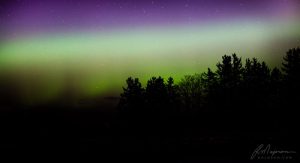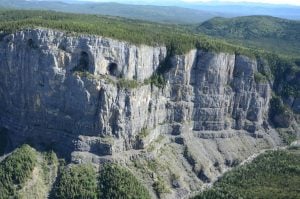
Travel
The spell of the Yukon
An insider’s account of the modern-day gold rush
- 4210 words
- 17 minutes
This article is over 5 years old and may contain outdated information.
Exploration


He was an ottawa steamfitter turned missionary hardened by his time in the North, which made W.H.B. “Billy” Hoare the logical choice when the Canadian government needed to establish the boundaries of a new 39,000-square-kilometre preserve straddling the boundaries of present- day Northwest Territories and Nunavut.
Until now, though, the story of Hoare’s 1928 journey across what is now the Thelon Wildlife Sanctuary (then the Thelon Game Sanctuary) has remained largely unknown — something McGahern-Stewart Publishing hopes to remedy with the March release of Thelon Odyssey, a reprint of the diary Hoare kept while travelling across the immense and, at the time, poorly mapped landscape. (Hoare’s daughter, Sheila Thomson, self-published part of her father’s diary as Journal of a Barrenlander in 1990.)
Hoare wasn’t a novice when it came to northern exploration. After establishing an Anglican church in Aklavik, N.W.T., in 1920, he spent three years on a government assignment, tracking caribou 7,000 kilometres by dogsled, foot and canoe across the Barrenlands.
In the winter of 1928, Hoare and A.J. Knox left Fort Reliance on Great Slave Lake and ventured across the harsh terrain that had claimed the life of English explorer John Hornby a year earlier. With three tonnes of supplies, Hoare and Knox fared better, covering 500 kilometres by dogsled and canoe before finally reaching what would become known as Warden’s Grove on the Thelon River in October 1928. Their toil marked one of the last unsupported adventures in the North before airplanes made traversing its expanse easier and changed exploration forever.
“As a linked account of sustained, arduous wilderness travel requiring extraordinary skill and resourcefulness, Hoare’s journal stands out distinctly among all northern travel literature,” says co-publisher Hugh Stewart. As much as Hoare’s brief annotations leave the reader begging for more detail, they speak volumes about “the physical, emotional and mental energy required to get through the day alive,” adds Stewart. “In such situations reflection is an unaffordable luxury.”
Are you passionate about Canadian geography?
You can support Canadian Geographic in 3 ways:

Travel
An insider’s account of the modern-day gold rush

People & Culture
This photog lives in southern Ontario, but still gets amazing photos of the northern lights. Here’s how.

Exploration
2022 is the International Year of Caves and Karst. Here’s why you should care about the hidden worlds beneath our feet.

Exploration
On its 90th anniversary, Canadian Geographic presents the 90 most influential explorers in the nation’s recorded history